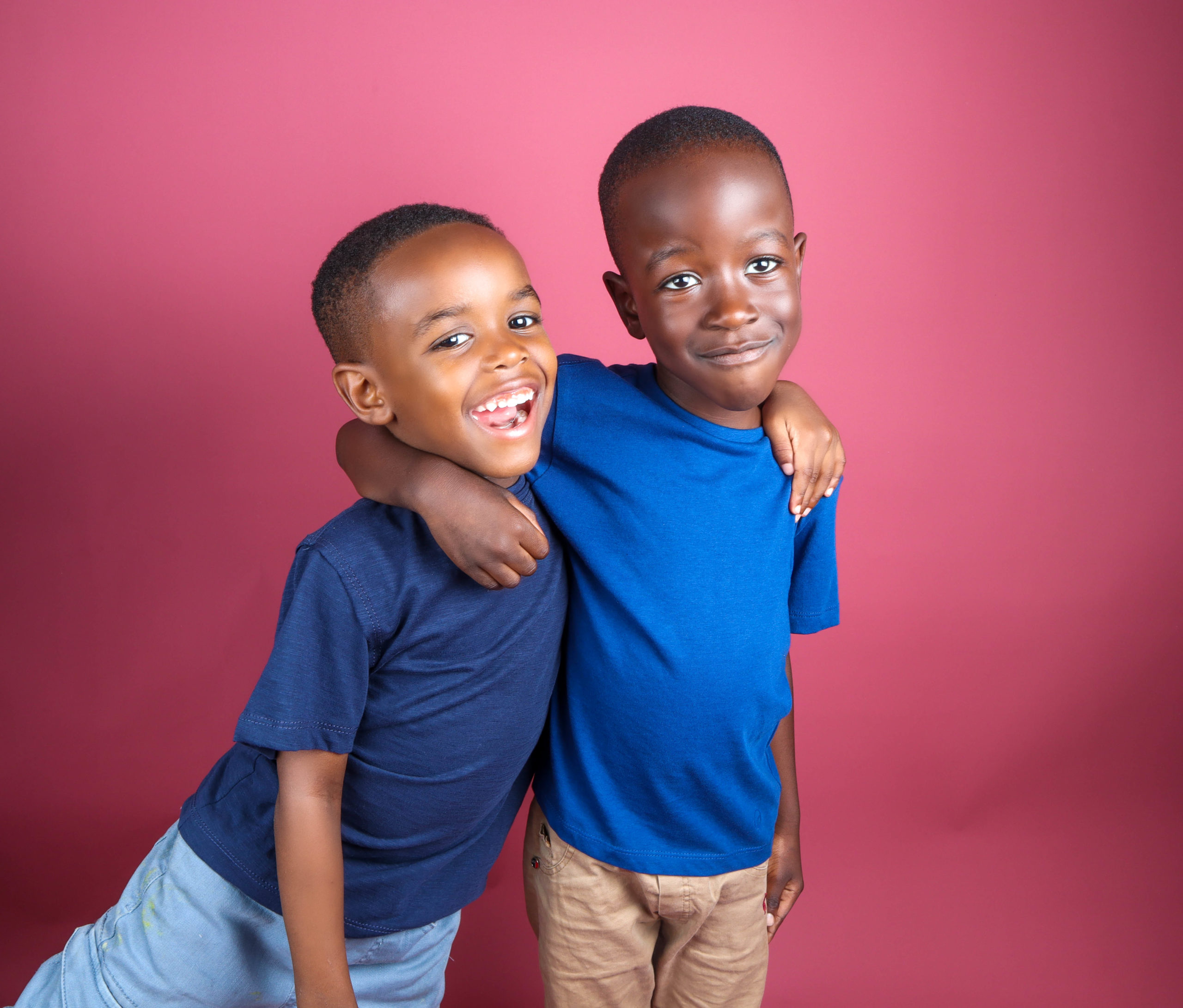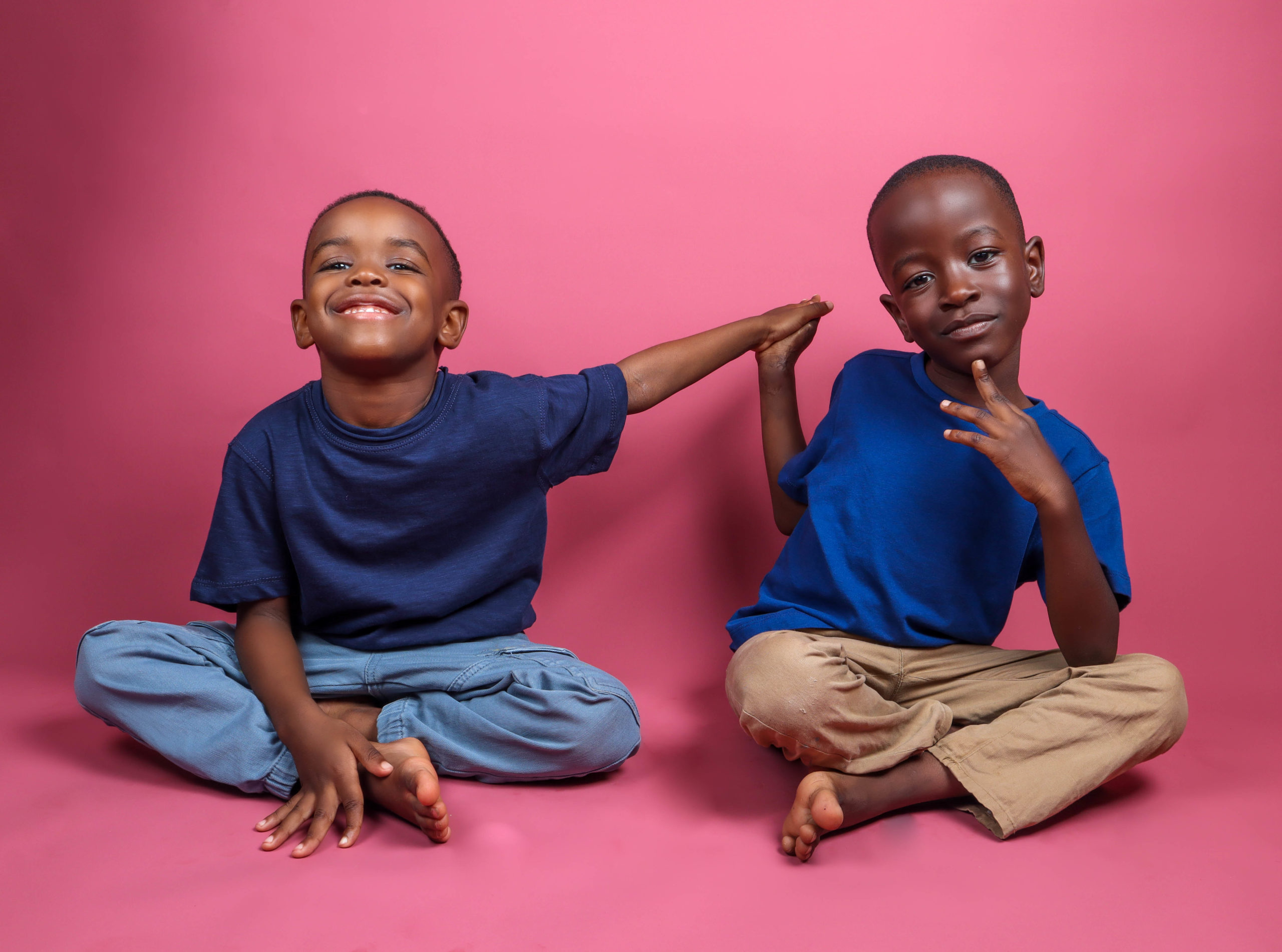

SUMMARY
Children’s sense of autonomy and ability to make decisions benefit from opportunities to express themselves creatively through clothing.
Promoting deep discussions about personal style can help people work together, be flexible, and value others’ points of view.
Children’s learning, development, and emotional intelligence can all be aided by using fashion as a means of expressing their feelings.
Children are vibrant bundles of curiosity and creativity. Every activity they undertake—making a mess with paint, building fantastical worlds with their toys, or choosing their clothes—is a meaningful self-expression and exploration. Let’s delve into child development and why encouraging fashion choices in children can be a valuable conduit for growth.



The phrase “child development” spans a range of cognitive, emotional, social, and physical changes children undergo from infancy to adolescence (Santrock et al.,). Self-expression plays a crucial role in this multi-faceted process by allowing children to figure out who they are, express their emotions, and build confidence in themselves.
Children may express themselves profoundly through clothing, which is often overlooked. The glossy pages of Vogue or the glitzy catwalks of New York Fashion Week may be the first things that come to mind when we think about fashion. In reality, though, fashion is nothing more than a simple, commonplace method of self-expression.
When children start gravitating toward particular hues, textures, and silhouettes, it’s the beginning of a lifelong process of discovering who they are and what they like. Whether it’s a penchant for vivid colors, graphic tees of their favorite superheroes, or ritzy tutus, they’re just experimenting with who they are and what makes them happy. A child’s sense of agency and ability to make decisions is fostered when they are given the freedom to select their outfit.

Clothing and emotional intelligence work side by side. A parent or guardian may feel tempted to dictate how their child dresses or grooms themselves. But moderation in all things is required. Instead, they see their sense of style as a war of wills and use it as a chance to have a meaningful conversation and get insight. This will help to improve their emotional Intelligence (Johnson et al.,). This doesn’t imply you abandon all regulations; instead, it’s an effort to encourage cooperation, adaptability, and appreciation for each person’s unique perspective.
One can learn about and gain insight into societal norms and roles through the study of fashion. Children gain a deeper awareness of the global community as they explore the globe through the lens of fashion. They gain the valuable life skill of figuring out how to express themselves uniquely while still fitting in with society.
Allowing their feelings to be shown through their clothing is a healthy way for children to deal with them. Subtle choices, such as what to wear on a day when they’re feeling bold or down, allow individuals to convey emotions they can’t quite put into words. Emotional intelligence, which includes controlling one’s feelings, is fundamental to health and relationships.

Although fashion and child growth may appear at odds with one another at first, they have a natural and beautiful interplay. The essence of fashion is self-expression, open dialogue, and original thought. Giving children the freedom to wear what they choose helps them develop these traits, which in turn helps them become independent, outgoing, and self-aware adults.
Promoting fashion autonomy is not about producing future fashionistas but facilitating learning, development, and experimentation. So, let’s all put on our most outlandish ensembles and pretend we’re in a comic book. After all, being a child is all about finding your style and strutting it on the playground runway.


Santrock, J. W., Deater-Deckard, K. D., & Lansford, J. E.. Child Development.
Johnson, K. K. P., Lennon, S. J., & Rudd, N. A. Dress, body and self: research in the social psychology of dress. Fashion and Textiles.
Copyright © 2023 Baby Step Boutique . All rights reserved.